7 Tips to Know About Top Things to Know Before Buying Best Indoor Plants For Beginners
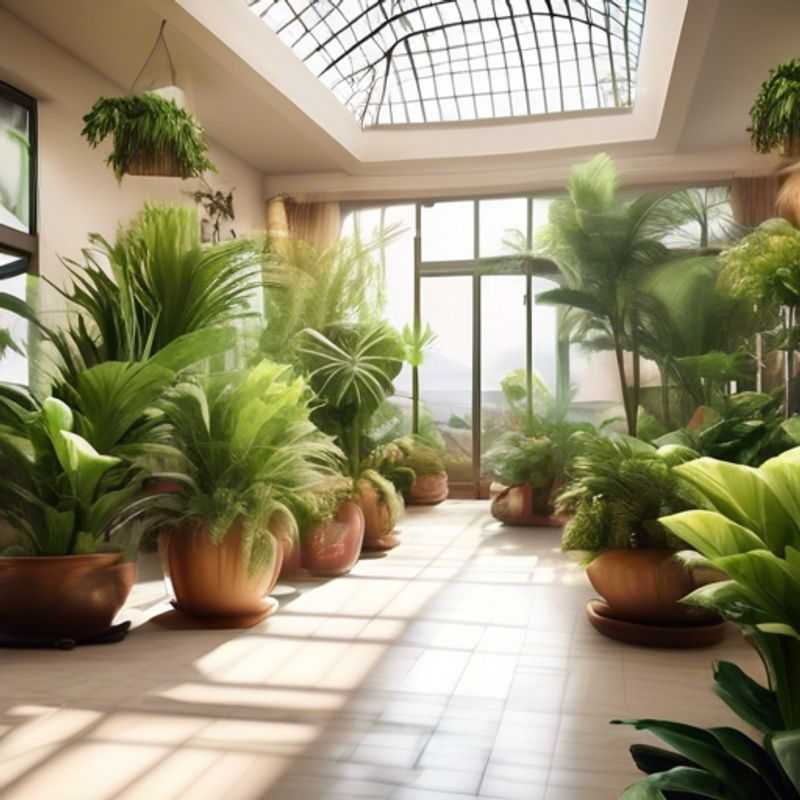
7 Tips to Know Before Buying Best Indoor Plants For Beginners
Bringing a touch of nature indoors can be immensely rewarding, but it's wise to arm yourself with knowledge before embarking on your green journey. Here are seven essential tips to guide you in selecting the perfect indoor plants for your beginner's collection:
1. Research the Specific Care Requirements: Before you fall in love with a particular plant, it's crucial to understand its individual needs. Does it prefer bright, indirect light, or can it thrive in lower light conditions? How frequently does it require watering, and is it sensitive to humidity levels? Knowing these specifics will set you up for success.
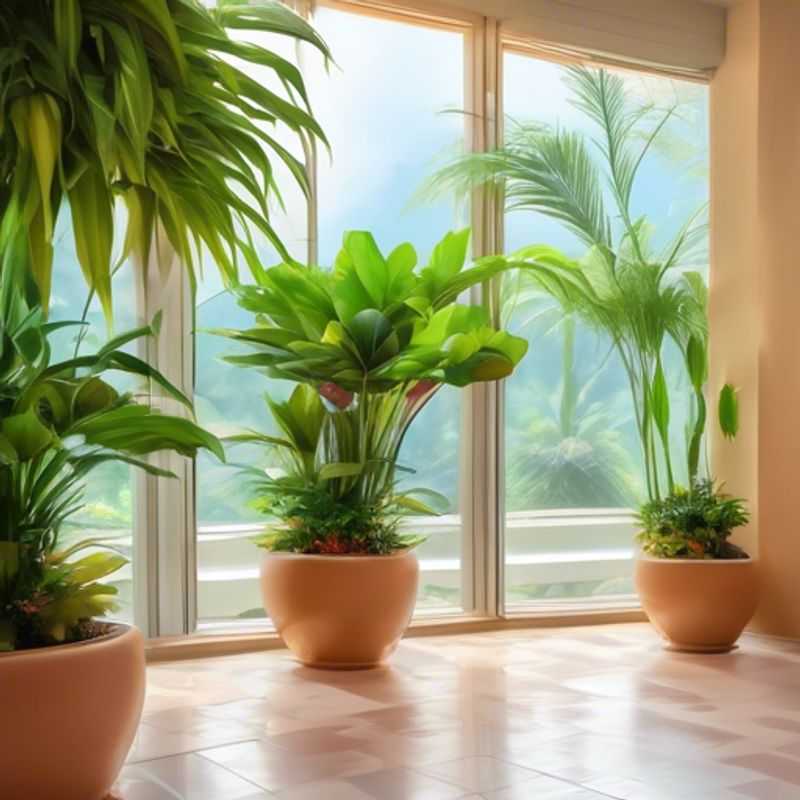
Researching Your Indoor Plant's Needs: A Guide to Keeping Your Green Friends Happy
Bringing greenery indoors can be a rewarding experience. However, it's crucial to understand the unique needs of each plant species to ensure their thriving. The first step is to research the specific care requirements of the plant you're interested in. This can be done by consulting resources like books, websites, and expert blogs.
The most important factors to consider include:
Light: Some plants thrive in bright, direct sunlight, while others prefer indirect or low light conditions. Understanding your home's light levels is essential for choosing the right plant.
Water: Overwatering is a common cause of plant death. Different species have different water requirements. Some prefer consistently moist soil, while others need to dry out between waterings. Pay attention to the soil's moisture level and adjust your watering schedule accordingly.
Soil: Each plant species has specific soil preferences. Some need well-draining soil, while others thrive in rich, nutrient-dense mixes. Ensure you are providing the appropriate soil type for your chosen plant.
Humidity: Many indoor plants require moderate humidity levels. You can increase humidity by placing plants near a humidifier, grouping them together, or placing them on pebble trays filled with water.
Temperature: Most houseplants thrive in moderate room temperatures between 65-75 degrees Fahrenheit. Avoid placing plants near drafts or heat sources that can cause stress.
Fertilizer: Depending on the plant, you may need to fertilize during the growing season to provide additional nutrients. Use a balanced fertilizer specifically designed for indoor plants.
By carefully researching and understanding the specific care requirements of your chosen plant species, you can create a nurturing environment for its healthy growth and beauty.
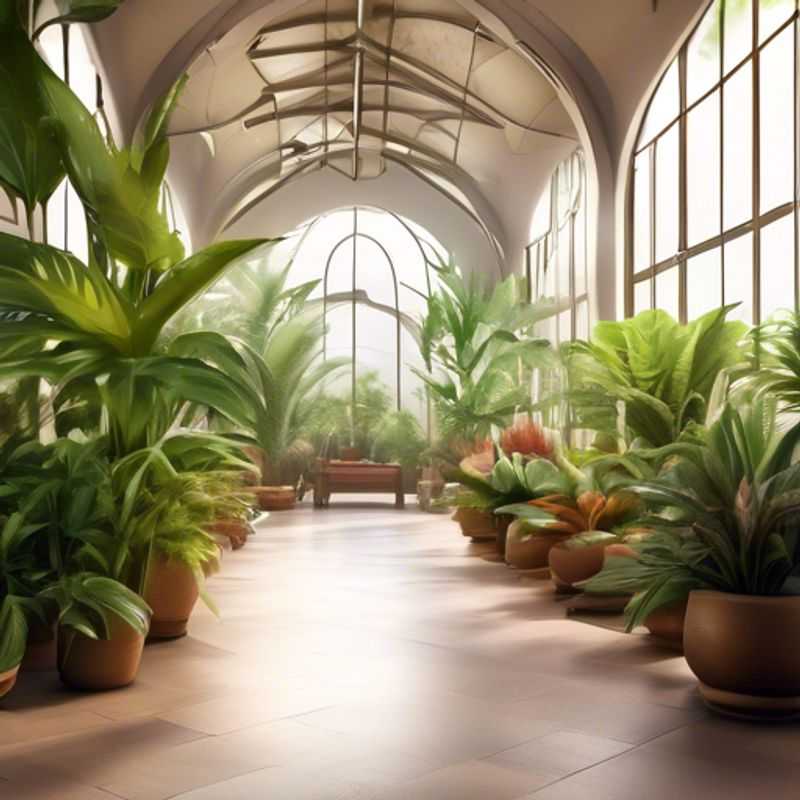
Sun, Water, and Humidity: Choosing Plants That Thrive in Your Home
When planning for the optimal growth of plants in your home, it's essential to consider the amount of sunlight, water, and humidity your environment can provide. Proper sunlight exposure is crucial; most houseplants require at least 6 hours of indirect sunlight daily. Assess the natural light in your spaces, as south-facing windows typically receive the most light, while north-facing windows are the least bright.
Watering is another critical aspect. Overwatering can lead to root rot, while underwatering can cause wilting. A general rule is to check the top inch of soil; if it's dry, it's time to water. Keep in mind that different plants have varying water needs, so research each plant's specific requirements.
Humidity plays a significant role, especially for tropical plants. Homes often have lower humidity levels than what these plants prefer. You can increase humidity by using a humidifier, placing a tray of water near plants, or grouping plants together. If you're in a dry climate, consider regular misting to maintain moisture levels.
When estimating a plan, take note of potential costs such as purchasing a humidifier, watering systems, or grow lights if natural sunlight is insufficient. Additionally, consider the price of soil moisture meters to help monitor water levels accurately. By focusing on these key elements, you can create a thriving home garden.
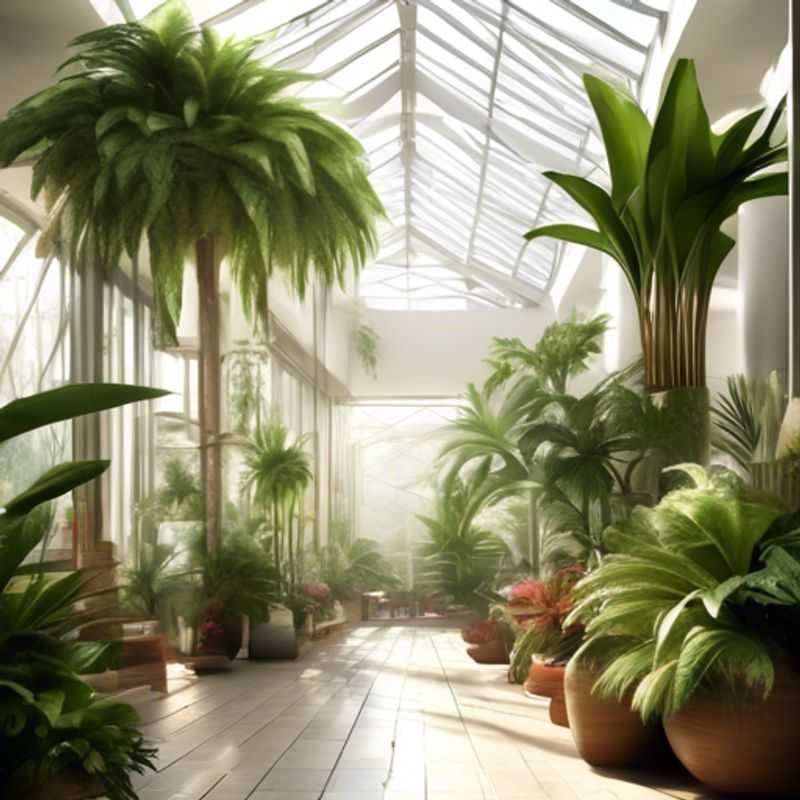
Low-Maintenance Living: Choosing Easy-Care Plants for Your Home
If you're looking for easy-care plants, you've come to the right place. There are plenty of options available for even the most forgetful plant parent. Succulents and ZZ plants, in particular, are renowned for their hardiness.
Succulents, with their thick, fleshy leaves, are masters of water retention, making them remarkably drought-tolerant. They thrive in bright, indirect light and can tolerate some neglect. ZZ plants, also known as Zamioculcas zamiifolia, are equally resilient, and they even do well in low-light conditions.
Both of these options are relatively low-maintenance, but it's important to note that neglecting them entirely isn't advisable. Like any living thing, they still need some care. For optimal growth, succulents and ZZ plants will benefit from occasional watering, fertilization, and repotting as they grow.
These plants are a fantastic starting point for anyone seeking a low-maintenance green companion. Their forgiving nature makes them excellent choices for busy individuals or those who are new to plant care. While a little bit of attention goes a long way, you won't be constantly worrying about them withering away.
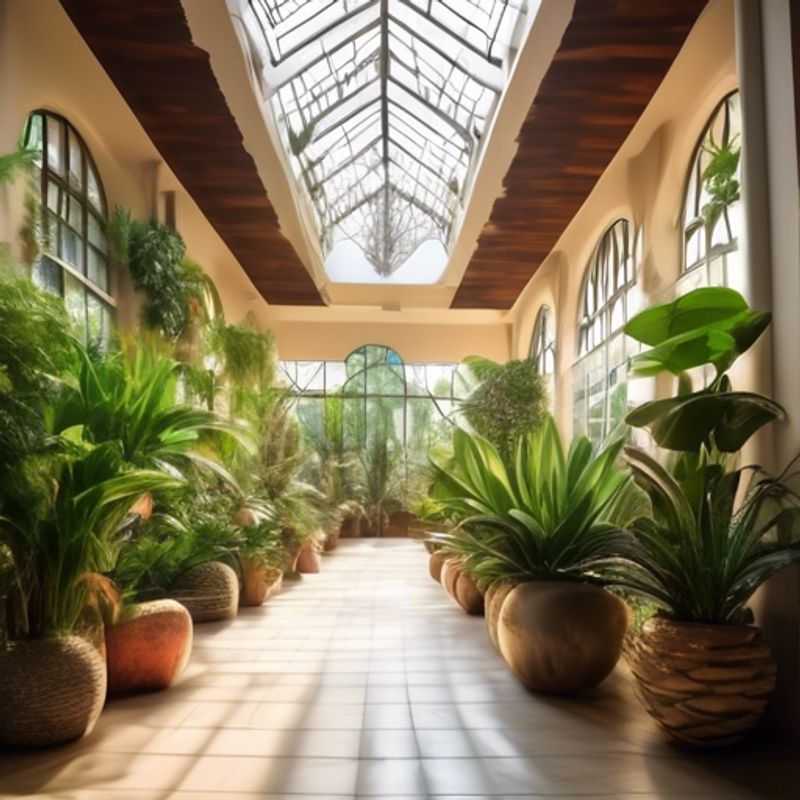
Start Small: Why Choosing Smaller Plants is a Smart Move
Starting with smaller plants when you're new to gardening can be a fantastic choice. They're often more affordable than larger plants, making them a great option for beginners. You can also save money in the long run because they are generally easier to care for. Smaller plants require less water and nutrients, making them less demanding and perfect for first-timers. They also have a smaller root system, which makes them easier to manage in pots or smaller gardens. They may even require less specialized care and equipment. With smaller plants, you'll have a higher success rate and a chance to build your confidence before moving on to more challenging plants.
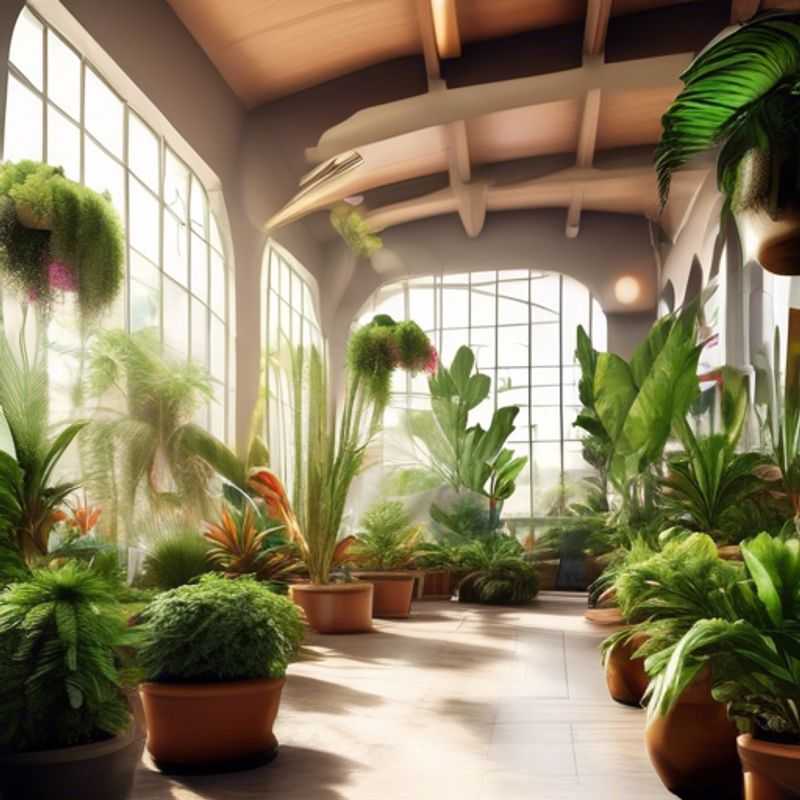
Nurturing Your Green Companions: The Right Potting Soil and Drainage
The right potting soil and drainage are crucial for the health and growth of your plants. It's like giving them the perfect home!
Think of potting soil as the food for your plants. It needs to be airy and well-draining, letting water flow through easily. This prevents the roots from sitting in soggy soil, which can lead to rot.
For drainage, you need holes in the bottom of your pots to let excess water escape. This prevents the roots from drowning. You can also add a layer of gravel or pebbles at the bottom of the pot for extra drainage.
When choosing potting soil, look for mixes that are specifically designed for your plant type, whether it's for succulents, flowering plants, or vegetables.
Remember, good drainage and the right potting soil are like a secret recipe for happy, thriving plants. They're essential for healthy root development and overall plant growth.
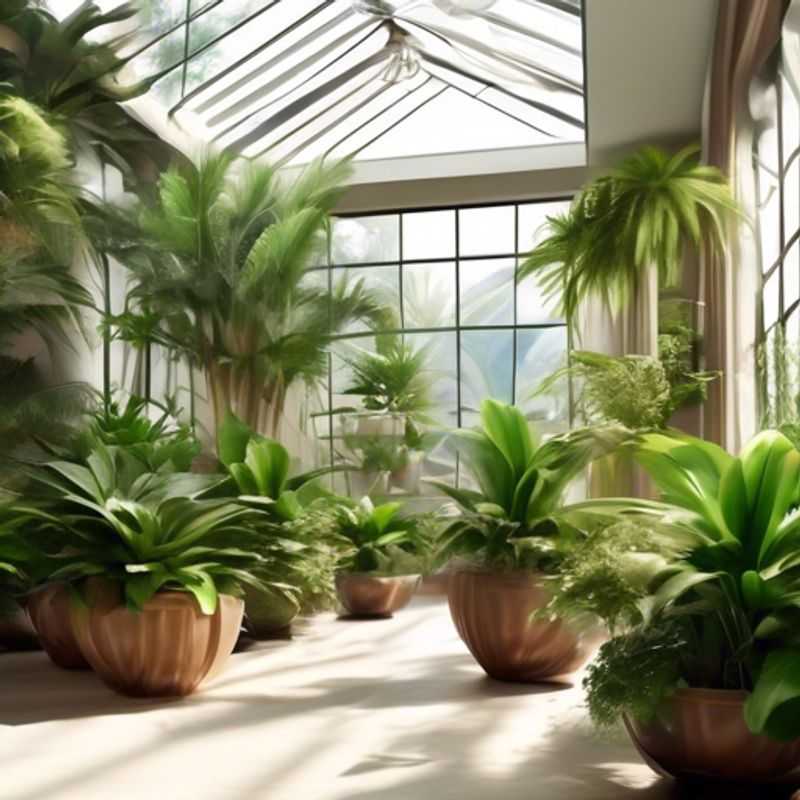
Nurturing Your Indoor Oasis: A Guide to Watering, Pruning, and Monitoring
Bringing nature indoors is fantastic, but maintaining those leafy companions requires a commitment. Regular watering is crucial, as different plants have different needs. Too much or too little water can spell trouble. Pay close attention to your plants' leaves, they'll tell you when they're thirsty. You'll also need to prune your plants regularly. This not only tidies up the appearance but also encourages healthier growth. Monitoring your plants is vital, as pests and diseases can be tricky to manage. Early intervention is key, and thankfully there are many resources available to help identify issues. While bringing life into your home is enriching, remember that the responsibility for their well-being rests with you. A little care goes a long way in keeping your indoor plants flourishing.
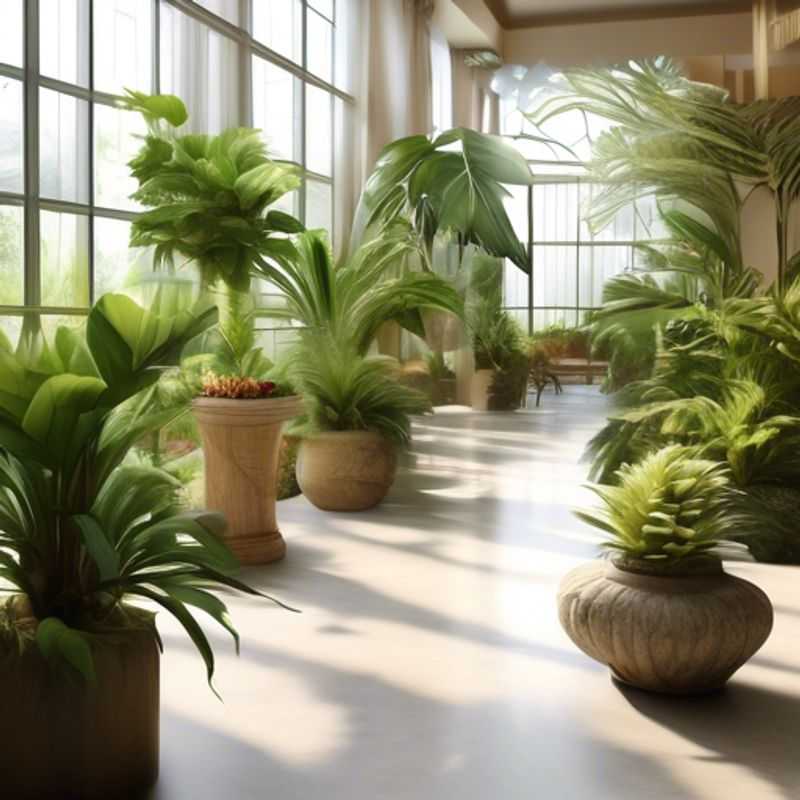
Know Your Foes: Common Pests and Diseases Affecting Indoor Plants
Indoor plants are susceptible to a variety of pests and diseases, which can cause damage and even death if left untreated. Familiarizing yourself with these common issues will help you identify them early and take the necessary steps to protect your beloved greenery.
Common Pests:
Mealybugs, spider mites, aphids, and scale insects are some of the most prevalent pests that can infest indoor plants. Mealybugs appear as white, fluffy patches, while spider mites create fine webs and cause yellowing leaves. Aphids are small, soft-bodied insects that suck sap from leaves, causing them to curl and distort. Scale insects, on the other hand, appear as brown, hard bumps on stems and leaves.
Common Diseases:
Fungal diseases like root rot and powdery mildew are common threats to indoor plants. Root rot occurs when soil is consistently too wet, leading to the decay of roots. Powdery mildew presents as a white, powdery coating on leaves and stems. Other diseases include leaf spot and bacterial blight, which cause discoloration and damage to leaves.
Prevention and Treatment:
Preventing pests and diseases is crucial. Regularly inspect your plants for signs of infestation or disease, and isolate infected plants from healthy ones. Maintaining proper watering and humidity levels, as well as ensuring adequate air circulation, can minimize the risk of problems. Neem oil, insecticidal soap, and horticultural oil can be used to control pests, while fungicides can treat fungal infections.
Remember:
Early detection and prompt action are key to successful pest and disease management. If you're unsure about the best course of treatment, consulting a plant specialist or experienced gardener can provide valuable guidance.
